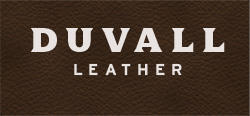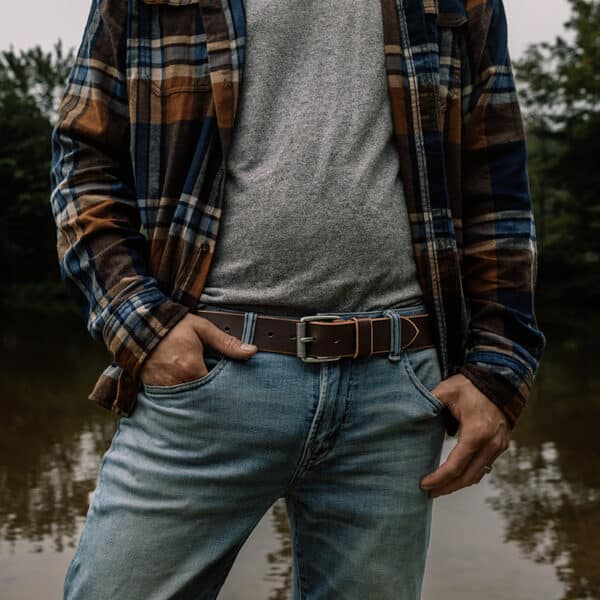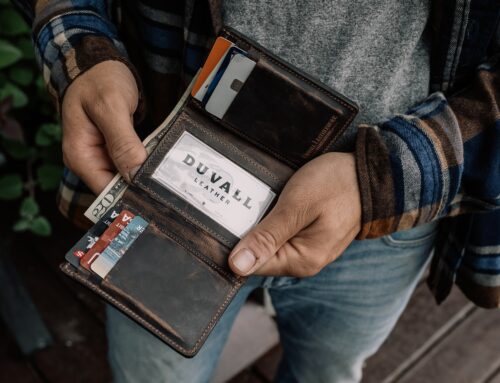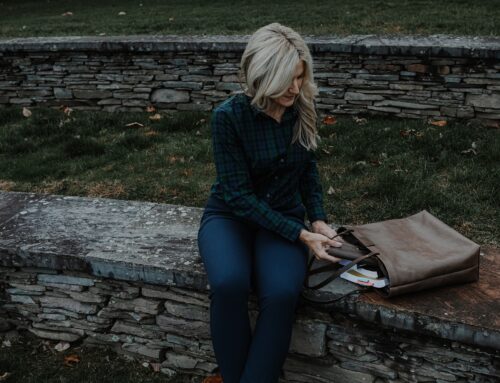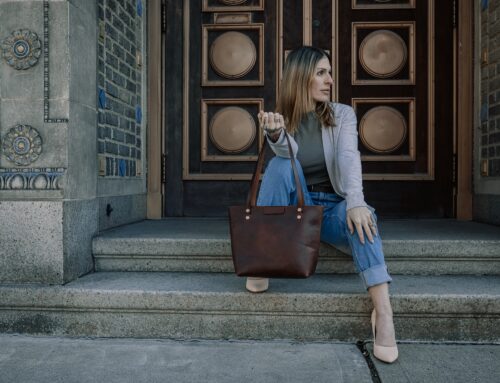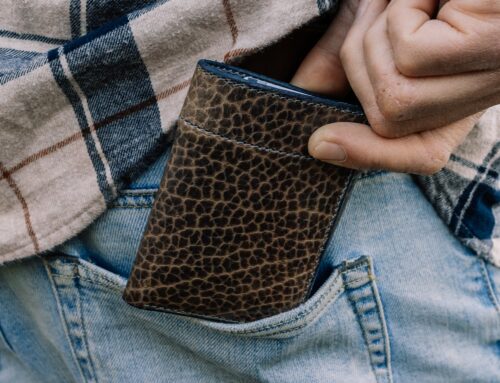The Duvall Leather Belt Sizing System
When it comes to belt sizing systems, Nick Duvall wants to make ordering a perfectly fitting belt as simple as possible for customers. He says, “No need to measure from the buckle or from end to end – simply provide us with your pants size, and we’ll take care of the rest!”
Ordering a leather belt from Duvall Leather is straightforward.
Simply provide us with your pants size, and we’ll handle the rest. It’s as easy as that!
DO NOT GUESS! Actually look at the manufacturer’s size label in or outside of the pants.
Belt adjustment is key.
Our men’s leather belts come with 6 adjustment holes, 1 inch apart. This gives you a perfect amount of adjustment for weight gain or loss.
Give it time to break in.
Handcrafted full grain leather belts are firm and require time to break in. Wear it everyday, let it naturally fit your contour. It will become your trusted companion.
A leather belt width for every occasion.
We consider 1.5 inches standard everyday leather belt width that will fit the belt loops of just about every pants maker on the market. We do consider 1.5” inch wide belts stylishly too wide for dress pants / slacks. A 1.25 inch men’s dress leather belt is a much better choice for formal or business casual clothing.
Shortening Leather Belts.
If your leather belt needs to be shortened a lot, reach out to our customer service about how we can help. If you are local to retail stores we offer free hole punches anytime.
If your belt doesn’t fit, no problem.
All items are eligible for a return or exchange up to 30 days after your purchase. Please visit our returns page for more information and links to a return / exchange form.
